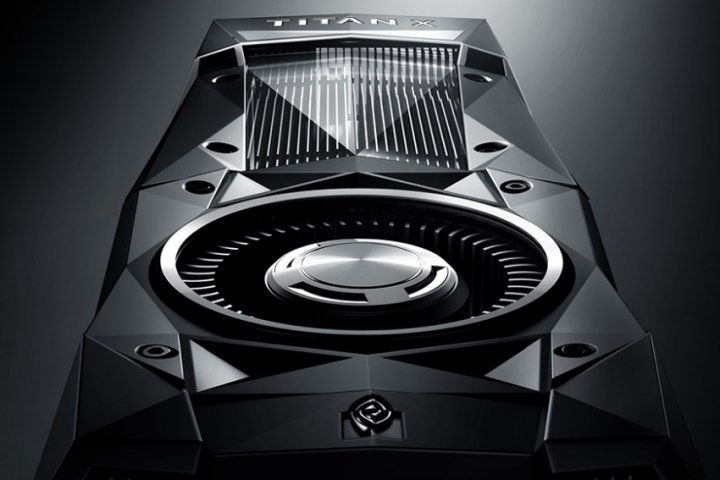
In a review by PC Perspective, the card managed to crank out 35 percent better performance than the GTX 1080 in The Witcher 3: Wild Hunt set at a 2,560 x 1,440 resolution. Using the same game and settings, it outperformed the GTX 980 Ti by 71-percent, the AMD Radeon R9 Fury X by 85 percent, and the GTX 980 in an SLI configuration by 29 percent. The 3,840 x 2,160 resolution showed a performance increase of 38 percent, 74 percent, 74 percent, and 29 percent, respectively.
In that same review, the Titan X had a graphics score of 13,498 during the Fire Strike Extreme benchmark in 3DMark. The GTX 1080 scored a 10,348 in the same test followed by the GTX 980 Ti (8,073), the GTX 980 (6,280), and the Radeon R9 Fury X (7,702). The closest competitor in the test were the GTX 980 cards in SLI, scoring a 12,292.
“This is not a card for the budget minded,” PC Perspective reports. “It’s for people that have more money than time, more money than they need. Or maybe you just value PC gaming above anything else in your life — and that’s fine, I was there once. Before a wife, and kids … If you worry about how much you are spending on your gaming PC, do not buy the Titan X!”
Hot Hardware calls the Titan X an “absolute monster” in regards to performance. It’s “in another league” when compared to the previous Maxwell-based Titan X card from 2013, outpacing the older model by up to 60 percent while consuming less power. To show the card’s capabilities when overclocked, the site used the game Thief (DirectX 11) set at a 3,840 x 2,160 resolution and all the GFX features enabled.
According to the report, the overclocked card had an average frames per second rate of 68.9 and a minimum rate of 55.8. When not overclocked, the card managed an average of 62.4 frames per second and a minimum rate of 50.9 frames per second. The GTX 1080 only managed an average of 48.8 frames per second and a minimum rate of 41.3 frames per second. By comparison, the older Maxwell-based Titan X cranked out an average of 39 frames per second and a minimum rate of 31.1 frames per second.
Over on AnandTech, the site calls the new Titan X worthy as a successor to the previous 2013 model, as it raises the bar for quality and performance. In a test using Dragon Age: Inquisition, the review shows that the new Titan X is the only single-GPU card that can crank out more than 30 frames per second when the game is set to 3,840 x 2,160, Ultra Quality, and 0x MSAA. It actually fell behind two GTX 980 cards in SLI mode, and two Radeon R9 295 cards in Crossfire mode. The frame rates get even higher at this resolution when the settings are dropped down to “High.”
To grab the new Titan X graphics card, head over to Nvidia’s website right here. Right now, that seems to be the only place to purchase this monstrous graphics card by itself. Otherwise, system builders are throwing it into their configuration mix including Maingear, Digital Storm, Falcon Northwest, Origin PC, and NCIX.



